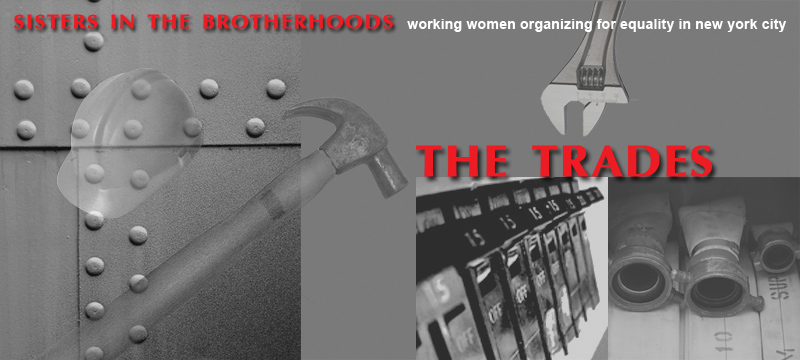 |
||||||
Elevator Mechanic: Getting Beyond the Gender Divide Elevator installers and repairers are a rare breed, according to the U.S. Bureau of Labor Statistics (BLS). In 2010, only 34,000 people were employed in this occupation. As a percentage of workers in the trade, the number of women is so small that it merited only a dash in a recent BLS statistical report, Women in the Labor Force: A Databook (2011 edition). The trade requires a four-year apprenticeship, and continuing education remains an essential career component. Most workers specialize in elevator installation or in maintenance/repair and modernization. In New York City, members of Local 1, International Union of Elevator Constructors, install elevators in new construction projects and in older buildings without elevators. Members of the Elevator Division, Local 3, International Brotherhood of Electrical Workers (IBEW), maintain and repair elevators after installation. They also modernize elevators by removing the outdated structure and replacing it with a current technology. Installation and modernization involve physically demanding tasks, whereas maintenance and repair have strong problem-solving components. According to elevator mechanic Margarita Suarez, the new computerized controllers require diagnostic methods that differ from older, mechanical versions. "When there's something wrong on the old ones, you might be able to see [that] something fell off," she said. "With the new computerized ones, all that's done in circuitry." Like men, women can solve complex problems by synthesizing information and drawing conclusions—the essence of troubleshooting. Suarez believes that women also can use this ability to address the physical challenges of elevator installation and repair. Narrowing the gender divide within her trade will require substanially more effort. Although progress has been made during the past thirty years, girls and women still encounter internal and external messages that reinforce outdated gender roles. The IBEW, Suarez's union, did not admit women members until 1978, and progress happened slowly, as the Sisters in the electrical trade can testify. Progress is not linear or self-supporting, but cyclical. "So you just keep working at it," said Suarez. | ||||||
| ||||||
Copyright 2012 Jane LaTour/Talking History |
||||||